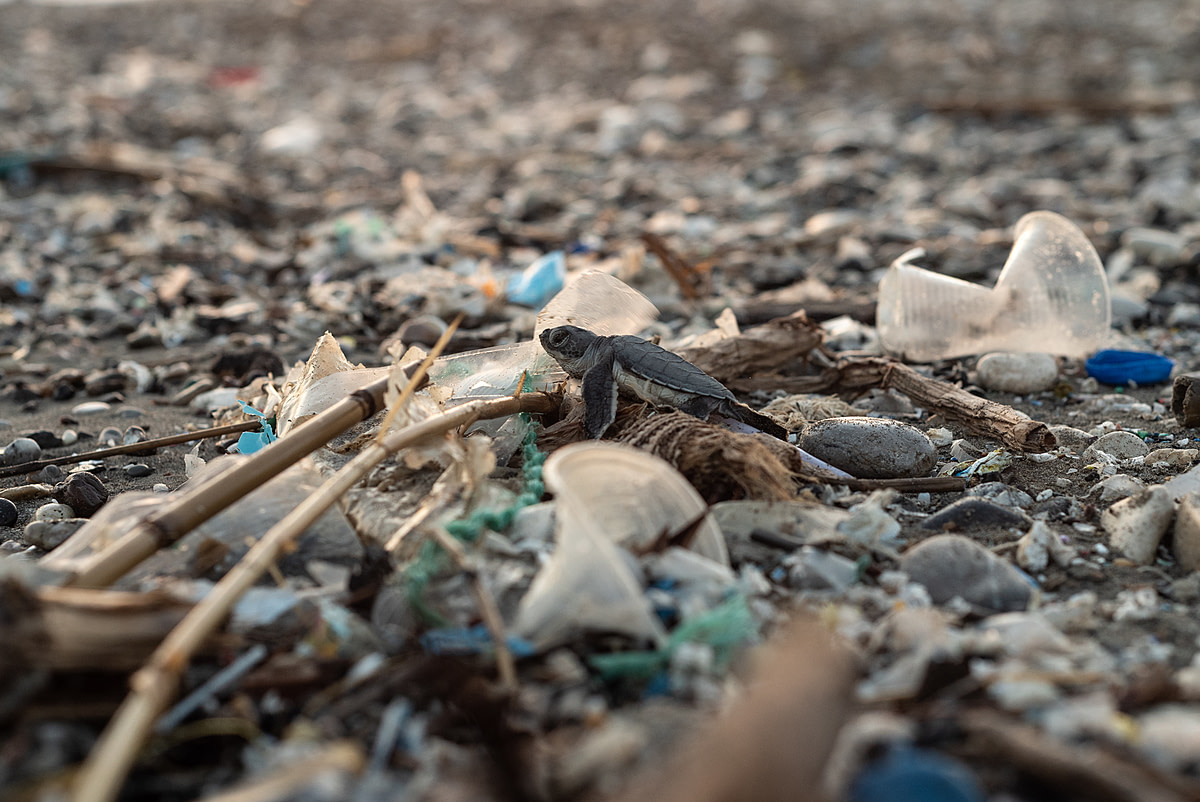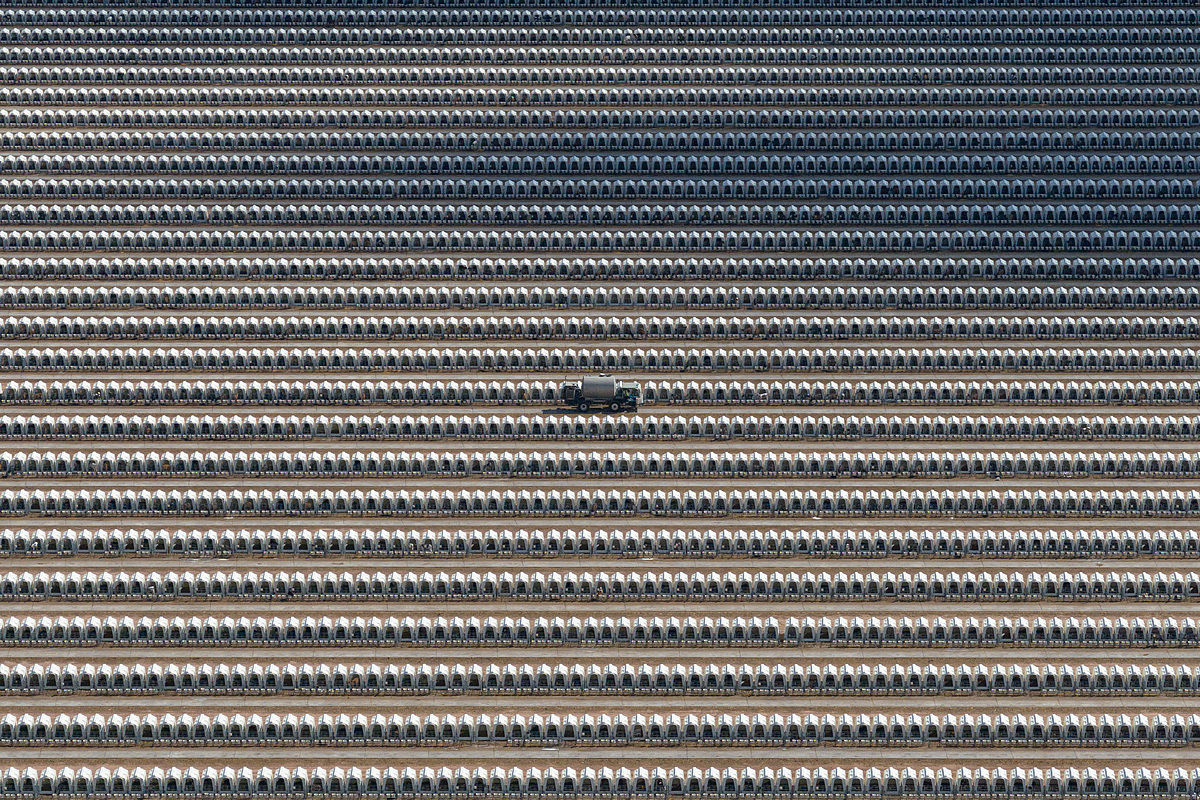Our Top 10 Images For Earth Day
Editor’s Note: This post was originally published on 18 April 2022 and has been updated for accuracy and to include new visuals.
The role of and impact on animals is too often overlooked in our conversations about climate and the environment. Visuals from We Animals Media document these underreported stories: wildfires in Australia, Canada and the US; floods in Canada and the US; and pigs flooded by Hurricane Florence. The role of animal agriculture in these events is frequently underplayed, despite the evidence of animal agriculture’s significant role in methane, nitrous oxide and carbon dioxide emissions, feed inefficiencies, deforestation, and land and water overuse.
April 22 is Earth Day, an annual global initiative to raise awareness of the negative impacts of human activity on the environment, and drive positive action for the planet. Take part in Earth Day 2024 by sharing these compelling visuals and connect your community to the stories that matter.
Unable to escape, pigs huddle together, attempting to keep warm, while trapped in the belly-deep flood water that infiltrates their locked enclosures inside an Italian pig farm. Extreme weather in May 2023 caused mudslides and waterways to overflow, severely affecting numerous factory farms. Ravenna, Emilia-Romagna, Italy, 2023. Stefano Belacchi / Essere Animali / We Animals Media
“Our world needs transformational change. It’s time for the world to hold sectors accountable for their role in our environmental crisis while also calling for bold, creative, and innovative solutions.” — earthday.org
With the power to ignite emotion and discussion, high-quality visuals are an important piece of the puzzle when it comes to talking about the relationship between animals, people, and the planet. These photographs are just a selection from the 25,000+ visuals captured by our team of international photojournalists. As always, the We Animals Media stock collection offers high-quality images and video clips to support your advocacy and storytelling, free for non-commercial use.
This Earth Day, help tell these important stories. Visit our Environment and Climate Change gallery to view and download these images (and more) or search specific keywords to get the visuals you need.
More like this from We Animals Media:
Avian Flu in the Era of Big Ag
by We Animals Media | Apr 15, 2024
Arizona’s Mega-dairies and Water Crisis
by We Animals Media | Nov 16, 2023













